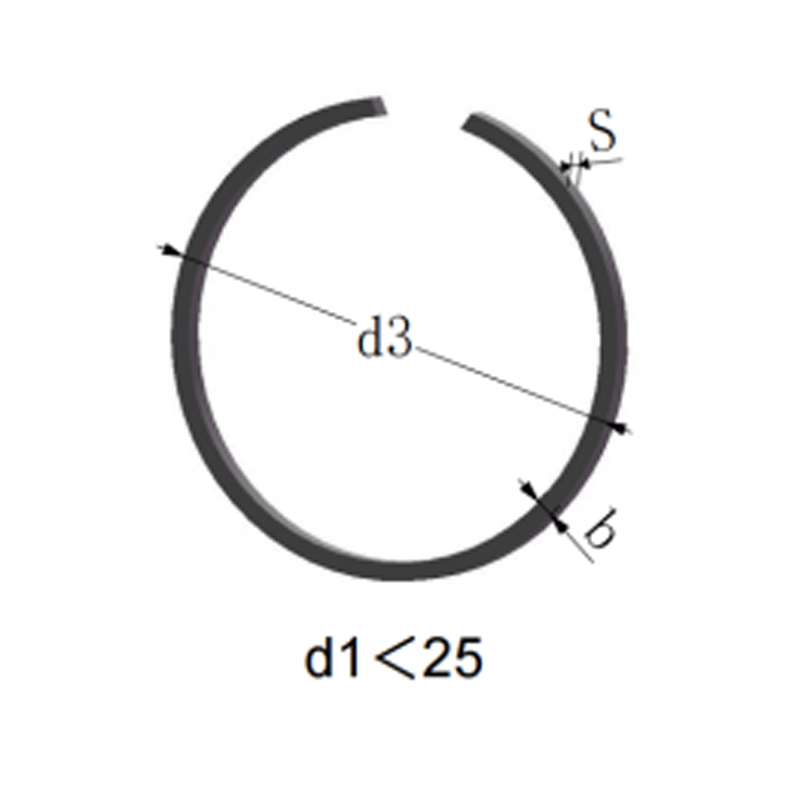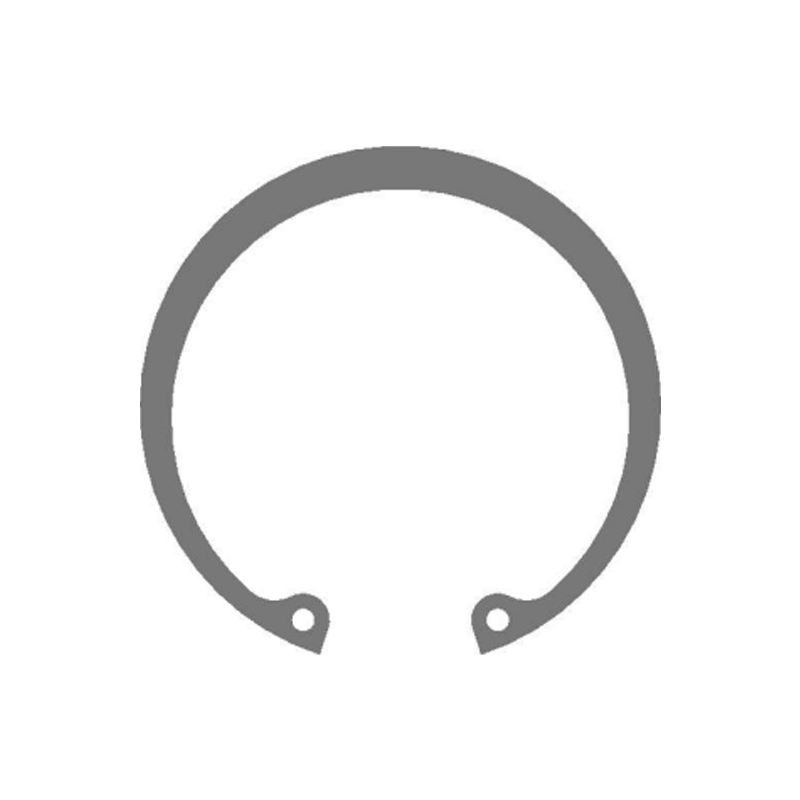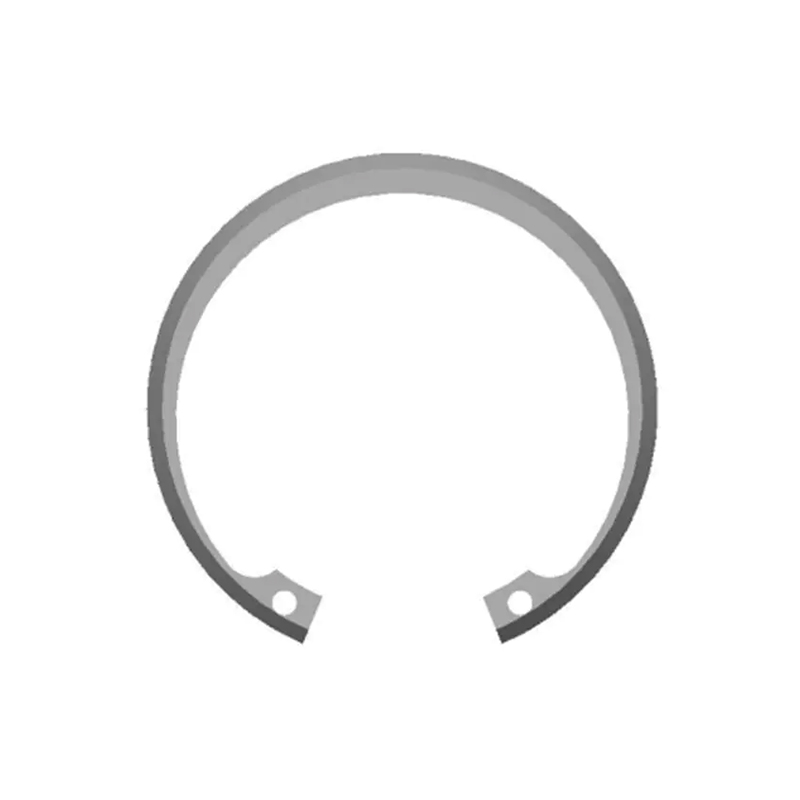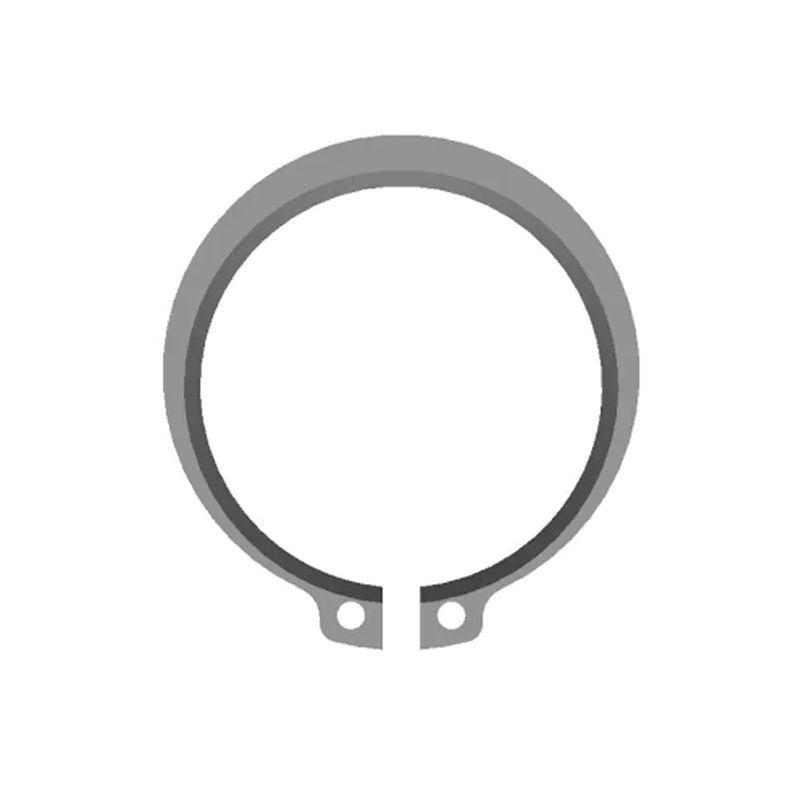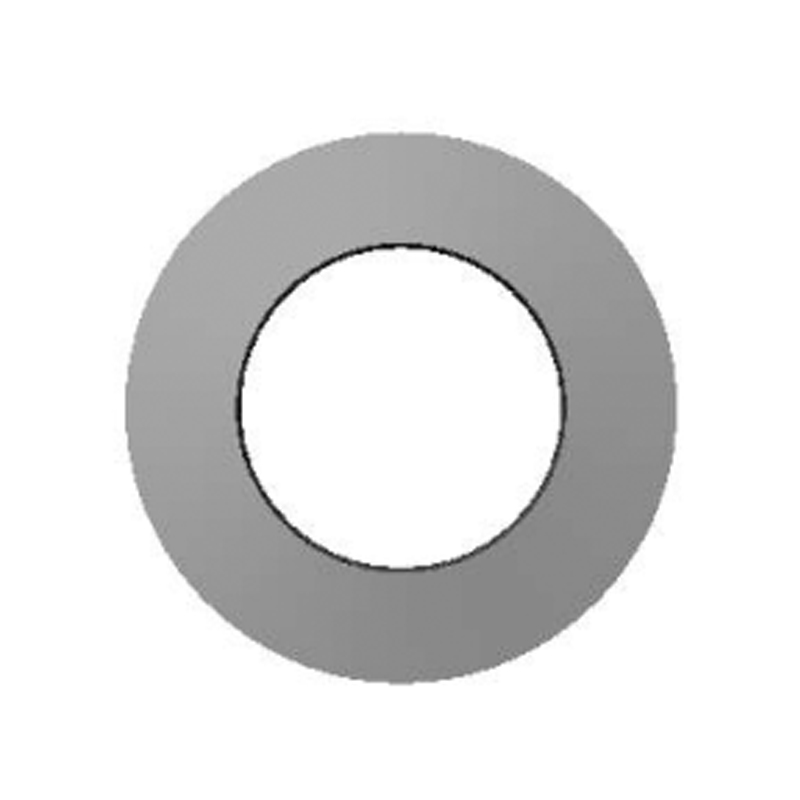Using stainless steel for circlips offers several key benefits compared to carbon steel or alloy steel, especially in demanding environments where durability, corrosion resistance, and long-term reliability are essential. Below is a detailed breakdown of the main advantages:
1. Superior Corrosion Resistance
One of the most significant benefits of stainless steel circlips is their excellent resistance to corrosion, oxidation, and rust. Unlike carbon steel or alloy steel, stainless steel forms a passive chromium oxide layer on the surface, which protects it from moisture, chemicals, and environmental exposure.
Ideal for harsh environments, such as marine, chemical processing, or outdoor equipment
Maintains structural integrity and appearance over time
Reduces the risk of premature failure caused by rust or pitting
2. Extended Service Life
Stainless steel circlips tend to last longer in most applications, especially where the component is exposed to water, humidity, or corrosive agents. Their ability to resist degradation helps prevent costly replacements or downtime.
Lower maintenance and replacement costs
Improved long-term performance in both static and dynamic assemblies
3. High Temperature Tolerance
Stainless steel retains its mechanical properties at higher temperatures better than many carbon or alloy steels. This makes stainless steel circlips suitable for applications involving elevated operating temperatures or thermal cycling.
Stable under heat in engines, power systems, or industrial equipment
Less likely to lose spring tension or fatigue under thermal stress
4. Hygienic and Non-Contaminating
Stainless steel is non-toxic, easy to clean, and does not flake or corrode in ways that might contaminate sensitive environments. This makes it highly suitable for:
Medical devices
Food processing equipment
Cleanroom machinery
In these settings, carbon steel circlips could pose a contamination or compliance risk.
5. Aesthetic and Surface Integrity
Stainless steel circlips have a clean, bright finish that does not require additional surface coatings such as plating or painting. Unlike carbon steel, which often needs a protective layer, stainless steel offers:
A naturally durable finish
No flaking or peeling coatings that can lead to failure or contamination
6. Magnetic and Non-Magnetic Options
Depending on the alloy (e.g., 304, 316, or 420), stainless steel circlips can offer varying degrees of magnetism. This is beneficial when specific magnetic properties are required or must be avoided.
Non-magnetic grades are ideal for sensitive electronics or MRI-compatible devices
Magnetic grades can be used where detection or magnetic response is needed
7. Compatibility with High-Performance Applications
Stainless steel circlips are commonly used in industries where performance is critical, including:
Aerospace
Automotive
Oil and gas
Renewable energy systems
High-precision instruments
In these sectors, carbon steel may not meet corrosion or fatigue standards.
Summary of Key Benefits
| Feature | Stainless Steel Circlips | Carbon/Alloy Steel Circlips |
| Corrosion Resistance | Excellent (especially 316 stainless) | Poor to moderate, requires coatings |
| Temperature Resistance | High | Moderate |
| Service Life | Long, especially in harsh environments | Shorter in corrosive or humid conditions |
| Maintenance Requirements | Low | Higher, due to rust and wear |
| Hygienic/Non-contaminating | Yes (suitable for food/medical) | No (can rust, flake, or degrade) |
| Surface Finish | No coating needed | Often requires plating or coating |
Choosing stainless steel for circlips is especially beneficial when strength must be combined with corrosion resistance, thermal stability, and clean aesthetics. It is the material of choice for mission-critical and long-life applications.
